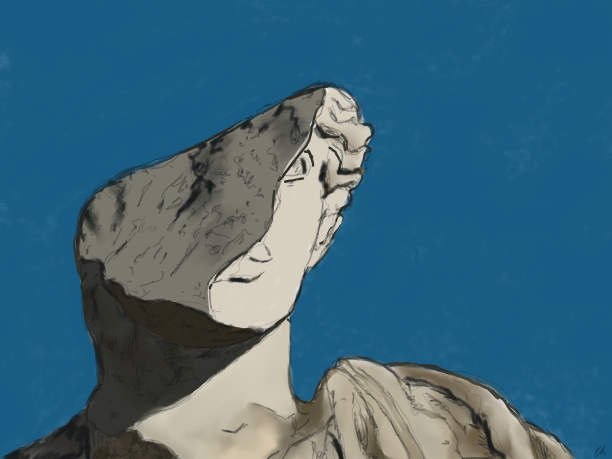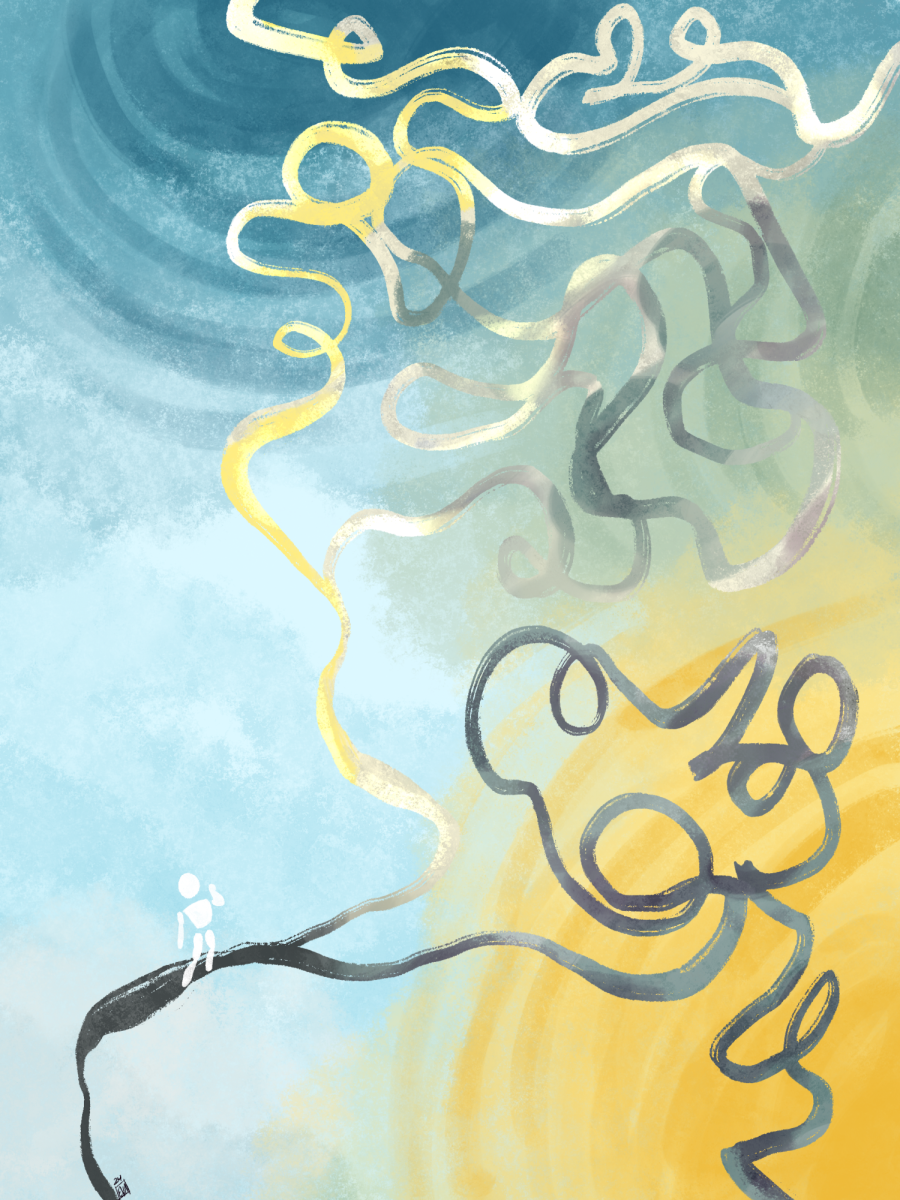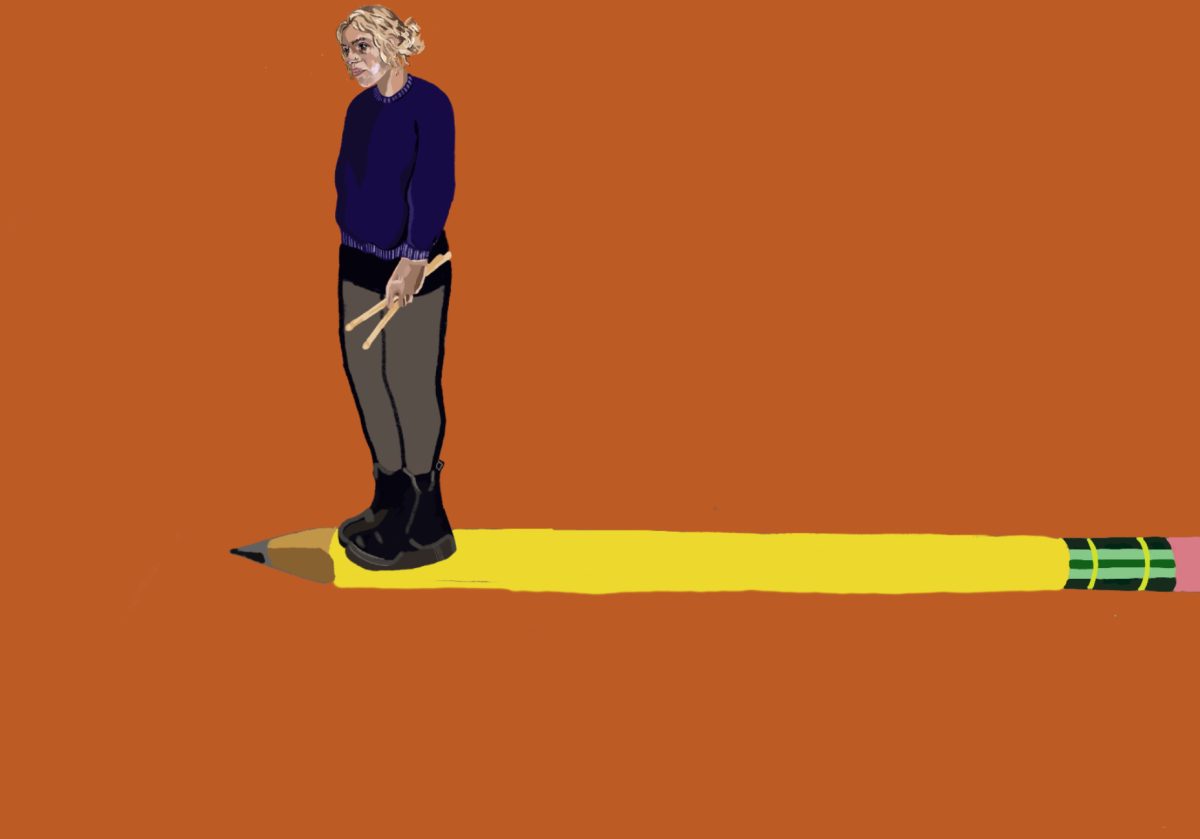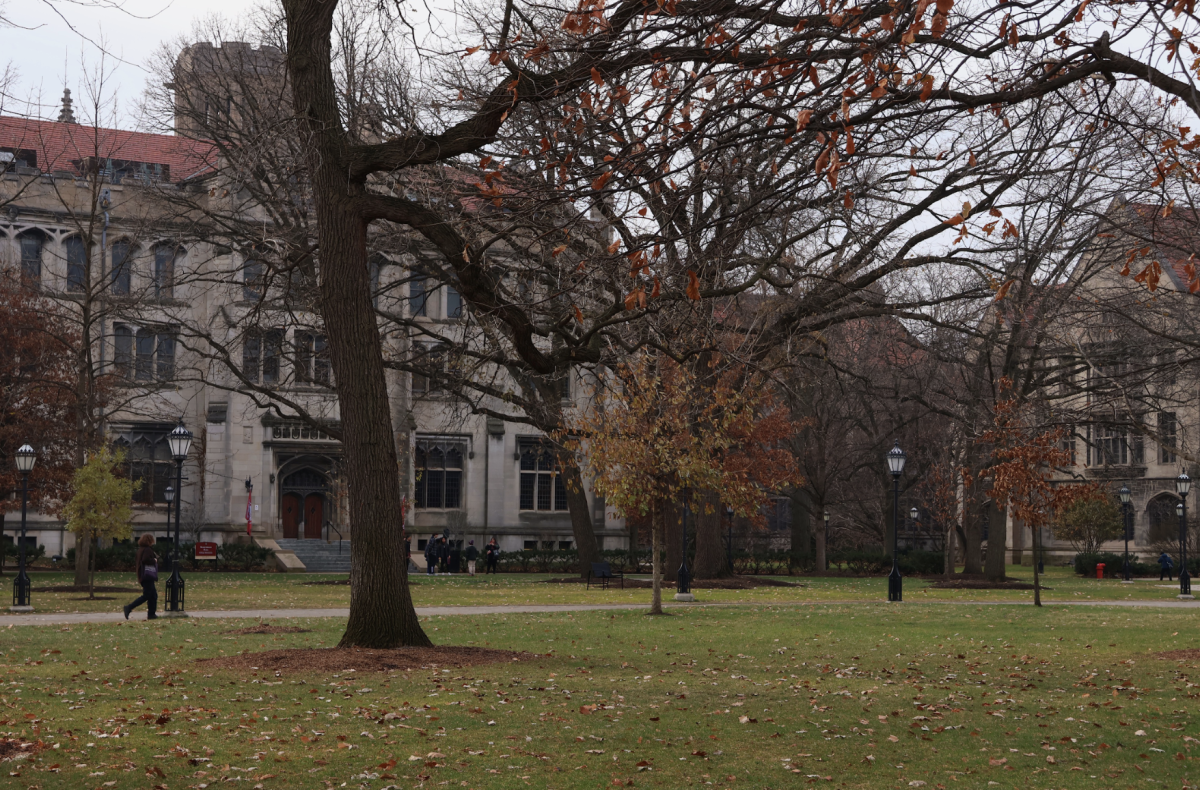It was Halloween, and I was looking forward to hosting a friend of mine from back home the next weekend. He’s thinking about coming here for college, so I knew it was my duty to show him what a great place Hyde Park is. And it is, in some ways: leafy, cozy, great architecture, and ample coffee shops. But exciting? Not so much.
Or is it? In the spirit of All Hallows’ Eve, I decided to plan an alternative tour, one the admissions office probably won’t be jumping to offer any time soon. Instead of praising its beauty, charm, and academic glory, I wanted to focus on the dark side of our patch of Chicago. Along the way, I dug up tragedy, chills…and maybe even a ghost or two.
This alternate vision of the neighborhood starts on its southern boundary, the Midway. Now a greenway, it was once the heart of the 1893 World’s Columbian Exposition. The Exposition gave us the Ferris wheel, Cracker Jack, Shredded Wheat—and the University of Chicago’s first brush with a murderer.
In the shadow of the then newly-constructed Cobb Hall, H.H. Holmes, one of this country’s first modern serial killers, once lurked at the fair. He had a habit of inviting fairgoers, usually young women from out of town, back to his hotel. None left. By the end of the Exposition, up to 200 people had been gassed, burned, doused in acid, or even dissected and sold to medical schools.
But you don’t need to take the Green Line the few stops to the site of Holmes’ “murder castle,” to find a crime scene. Walk onto the Quad, enter Swift Hall, and go up to the third floor men’s bathroom. On a beautiful May day in 1991, Div School professor Ioan Culianu was shot execution-style in one of the stalls. One intriguing possibility raised was that the murder had something to do with his research into Gnosticism and the occult. More likely, someone from his native Romania didn’t like his criticism of its government, both pre- and post-Communism. Either way, this shocking crime remains unsolved.
Just two blocks away, at East 58th Street and Woodlawn Avenue, the Robie House may be host to something truly otherworldly. Frank Lloyd Wright may have created a masterpiece of architecture that proved long-lasting, but many of its residents did not. The first owner’s father died in the house, leaving so much debt his son went broke within the year and had to sell. The second owner lasted an even shorter time, dying in terrible agony from kidney disease. The third owners must have been glad to buy a house so close to where their daughter, a Maroon, was attending college—until, just a few years after she graduated, they found themselves hosting her wake in the living room.
Museum guides at the Robie House have occasionally let slip that they’ve felt “presences.” They’ve also heard footsteps and slamming doors while alone. There are even hints of spectral images spooking visitors. There are no reports of any truly malicious acts by the spirits. But then again, perhaps the staff just doesn’t want to scare away the tourists.
Anyone looking for more persistent rumors of haunting can head east, all the way to the Museum of Science and Industry. Pay careful attention to the back steps. Many claim to have seen a silent, dapper gentleman in 1930s dress there. He is thought to be Clarence Darrow, the famous “Attorney of the Damned,” who upon his death had his ashes scattered in the Jackson Park lagoon. Darrow is also the suspected cause of the strange fogs and orbs said to ruin photos of tourists at the museum.
Two of Darrow’s most famous clients, of course, were Leopold and Loeb. Neither the first nor the last University of Chicago students to overestimate their own intelligence, the pair nearly achieved their goal of committing the perfect crime. They fell apart under police interrogation, but Darrow’s legal skills saved them from the electric chair.
Both boys’ Hyde Park mansions were torn down years ago, but the home of their victim, Bobby Franks, still stands at East Hyde Park Boulevard and Ellis Avenue. Deserted by Franks’s family and, chillingly, used as a preschool for many years, it remains abandoned to this day. End your tour at its sad, boarded up windows, and count yourself lucky that you haven’t been a victim of Hyde Park’s tortured, scary history. Yet.
David Kaner is a second-year in the College majoring in Law, Letters, and Society.








